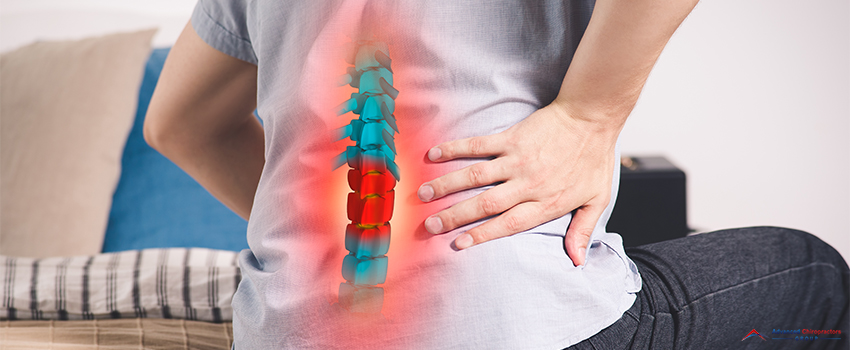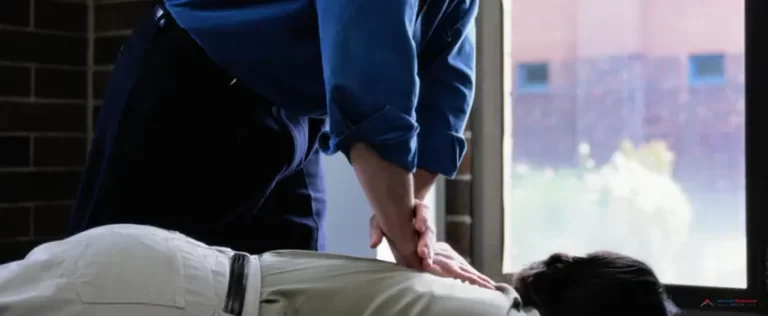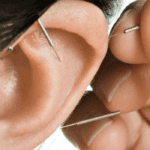If you ever experience backaches that last for days and cause extreme discomfort and pain, you might want to have your back checked for herniated discs or more commonly known as slipped discs.
Herniated discs occur when a portion of the gelatinous tissue between the vertebra is pushed out of the spinal column. The pain with herniated discs is often caused by the protruding tissue compressing the nerves along the spinal cord.
Common symptoms of slipped discs include pain and numbness, usually in the area where the ruptured tissue is located. People suffering from herniated discs feel excruciating pain when performing simple activities such as lifting their arms or standing.
The vertebral discs act as the shock absorbers of the whole spinal column when a person does activities such as walking, running, or stretching. Daily activities contribute to the wear and tear of these cartilaginous structures. Experiencing herniated discs becomes common as people get older because the protective fluid within the nuclear tissue dissipates. Similarly, obesity and a sedentary lifestyle can contribute significantly to slipped discs in adolescents and young adults.
Bulging Disc vs. Herniated Discs
Some people confuse herniated disc with another painful problem related to the spinal column – the bulging disc.
Bulging discs and herniated discs cause pain in the lower back, buttocks, and sometimes the legs. However, there is a stark difference between the two.
As the spine becomes weaker with age, a bulging disc is more common in older adults. It is an effect of age-related degeneration, and people will experience it gradually.
On the other hand, herniated discs mainly occur when the spinal column encounters too much stress. For instance, a person, who does heavy lifting daily without proper warm-ups or precautions, is more prone to ruptured tissues leading to slipped discs. Anyone can experience having herniated discs regardless of age.
Slipped discs are also different from ordinary back pain because the latter is a mere muscular discomfort. When a person experiences ruptured discs, the electrifying pain is coupled with numbness and soreness that travels throughout the body.
Herniated Discs Diagnosis
As soon as you feel back pain, consult a doctor. Consultation is essential because the physician must identify the source of the pain. This could be muscular or, in the case of herniated disks, a direct hit to the nervous system. Accurate diagnosis of slipped discs involves a thorough physical examination to assess the pain and muscle strength of the patient.
The patient will undergo magnetic resonance imaging (MRI), X-ray, or CT scan to determine the source of pain. MRI is the common diagnostic equipment used for suspected cases of herniated discs.
When doctors conclude that a patient has herniated disks, they prescribe painkillers and suggest simple treatments like applying a warm compress to the area. Doctors will also recommend physical therapy and chiropractic treatment.
Patients who have restrictions in taking medications for whatever reason should consult a slipped disc chiropractor. Chiropractic care for slipped discs has become popular because it is not invasive and is easily accessible.
How a Slipped Disc Chiropractor Can Help
Can a chiropractor help with slipped discs? Yes, a chiropractor can help treat herniated discs.
Before beginning any treatment, a chiropractor will make an initial diagnosis. This will help in designing the best treatment plan.
Evaluating the spinal area from the lower back to the nape is necessary. Chiropractors also assess if a patient’s reflexes are intact or if there is muscular weakness.
Here’s a list of chiropractor slipped disc techniques that are commonly used.
1. Flexion-Distraction Technique
The patient must lie down on a flat surface with their back facing downwards to use this chiropractic method. Once the patient is in the correct position, the chiropractor will flex the vertebral columns with a pumping rhythm. This painless technique encourages the nuclear tissue back to its original position.
The flexion-distraction technique can also separate the compressed nerve from the ruptured tissue to minimize pain and inflammation. It provides immediate relief for patients and stimulates nerves to function correctly.
2. Manipulation Under Anesthesia
In most cases, chiropractic treatment does require anesthesia, except when performing the Manipulation Under Anesthesia (MUA) technique. The patient lies down on a flat surface to relax the back muscles and prepare the nerves for the treatment. Sedation lasts approximately six minutes.
MUA is often done in two to three consecutive sessions for two weeks.
3. Pelvis Blocking
Placing wedges in the pelvic region to support the spine while doing light exercises is called the pelvis blocking technique.
Similar to the flexion-distraction technique, the purpose of pelvis blocking is to separate the disc from the compressed nerve.
4. Posture Correction Techniques
Poor posture and sedentary living habits are among the leading causes of herniated discs in teens and young adults.
One of the treatments that a herniated disc chiropractor offers after successfully separating the compressed nerve from the ruptured tissue is to correct a patient’s posture.
Proper posture helps cushion stress caused by walking and other activities on the spine. To avoid having another slipped disc, a chiropractor will recommend that patients undergo corrective posture training.
Chiropractor Slipped Disc Treatment
Cases of herniated discs are not resolved in one session. Depending on the severity of the herniated disc, continuous chiropractic treatment may be necessary. Deep-muscle massages by chiropractors for slipped discs can help soothe compressed nerves.
A slipped disc treatment with a chiropractor can last for weeks and even months, depending on the patient’s progress. Aside from massages and correction techniques, a herniated disc chiropractor also encourages patients to do simple exercises to stimulate movement in the lumbar area. Along with exercises, the doctor will also advise about nutrition and diet to help maintain a healthy weight and reduce stress to the vertebral column.
Advanced Chiropractic Group Help Ease the Pain of Herniated Disc
Can a chiropractor fix a slipped disc? Yes. A chiropractor offers non-invasive treatment to relieve herniated discs. If you need chiropractic treatment, Advanced Chiropractic Group is here for you.
Advanced Chiropractic Group is affiliated with the best chiropractors in Largo, FL. They provide appropriate and personalized treatment for muscular and skeletal issues. They also advise how to lessen the stress on your lumbar area and avoid ruptured tissues. Call us now and get some comfort for your back.








